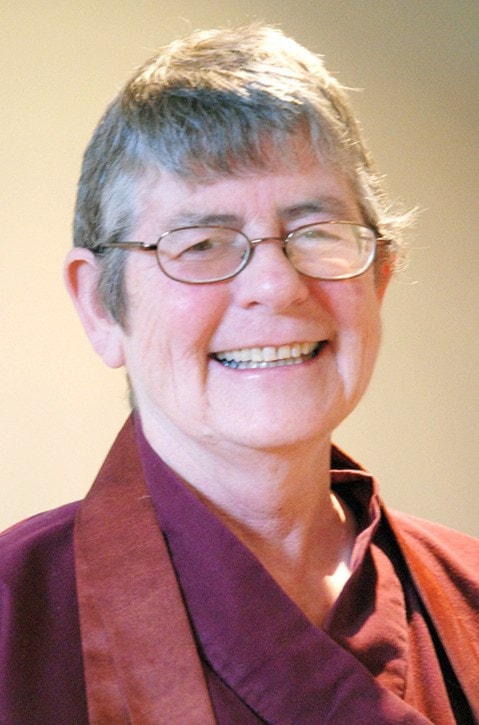In my last column, I wrote about the insentience of human beings. But of course, we are also sentient; we sense, feel and express. The word “sentient”, at its roots, means “to go in feeling”. Conventionally, we say that something without thought is insentient. Rocks aren’t sentient. But what about plants? They adjust and move with conditions. Does that mean they are sentient?
Thirteenth-century Zen master Eihei Dogen said that everything is both sentient and insentient. To appreciate that about ourselves is crucial to our balance and health, and when we understand him, we will not doubt that mountains are both sentient and insentient; they are always walking. When we fully enter the mountains and stay long enough to shake off daily life, we feel this walking. We feel that we and the mountains know each other. When we fully enter the mountains, something magical happens, and we no longer doubt that the mountains are alive and moving.
Dogen said, “We should study the mountains using numerous worlds as our standards.” He was saying that there is no end to studying mountains. And this is true of us humans too. It is so fascinating to be alive. We can meditate forever and realize so much about our life. But then we get up and go into the world to meet just one person. How much do we know about that one person? Hang around that person long enough and we can learn everything there is to know about human beings. We could study philosophy and never finish learning about it. And even if you read them all, you have only read them in English. Why don’t you take up the German philosophers? What we can understand about being alive is infinite. For example, I’ve been studying Buddhism for 30 years, and I know just a little. For one thing, hardly anything has been translated into English, and I don’t read Asian languages. It’s staggering to realize how much more there is to know. Research biologists can spend an entire life studying one insect and still feel they have only scratched the surface.
Anywhere you turn you will find something that is absolutely worth knowing. And everything is telling us something about life and all its colour and beauty, all its creativity and destructiveness. Dogen is saying that we can never finish appreciating this phenomenal world. On the one hand, he says, we don’t need to get up from our meditation cushion. We could sit for the rest of our lives, and everything is right there. But when we do get up from our cushions, whatever we encounter in this life is also completely interesting, mysterious and amazing. Whatever spiritual path we take up, we can realize this truth because everything is a study of the mountains walking.
Suggested practice: Take some time to study the piece of ground under your feet. How did the pebbles and dirt form? What ancient Earth process left them in the Creston Valley? What are the plants saying?
Kuya Minogue is the resident teacher at Sakura-ji, Creston’s zendo. This column is part of a long essay on an essay by 13th century Zen master Eihei Dogen and is inspired by the teaching of Norman Fishcher. For more information, Minogue can be reached at 250-428-6500, and previous columns are available at www.zenwords.net.
